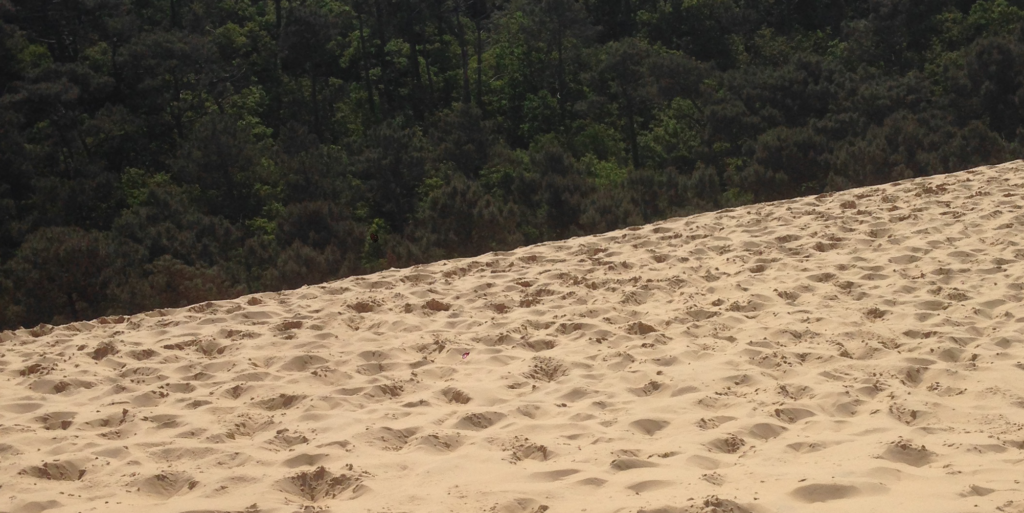
In the past I shared my thoughts about blockchain in gaming & collectibles, and particularly on how token formats for flexible consumer usages could unfortunately lead to fragmentation (e.g. on Ethereum the cases of different token’s types like ERC-20, ERC-223, ERC-721, ERC-1155, etc. are sometime difficult to manage for apps & wallets).
I further highlight here some aspects to consider for these kind of tokens (rough and high level checklist):
- (non-)divisible
- amount (units)
- unique (NFT)
- limited edition numbers
- open, not (yet) locked vs. locked
- attributes (characteristics)
- additional info written within token on blockchain/contract(s)
- link to parameters file or rich media (stored centralized vs decentralized, e.g. on another blockchain)
- hash from parameters file or rich media
- contracts
- identified/authorized (restricted or not, e.g. black- or white-list)
- features
- identified/authorized
- ownership
- sending
- swap
- mass distribution (per wallet, as dividend)
- trade orders: sell, buy (for DEX: units, price, period validity)
- complex sell/buy, e.g. auction (unit & price as time function)
- sell authorisation (for wallet): white-list (black-list)
- (temporary) renting or sharing of tokens
- group/family of tokens with sub-tokens
- issuer, ownership (of group/family, of individual token), renter, co-sharer
- usage by (d)apps
- identified/authorized
- etc
2 last points about interoperability from BGA (Blockchain Game Alliance):
- (Last year) proposal with Json examples of digital assets collection (slides overview available if desired)
- Blockchain Asset Metadata Standardization with a proposal named Blockchain Bean Assets (BBA).
So, my advice by defining tokens formats in a blockchain: check previous experiences and put in place something modular to cover all use cases.
[ this checklist is available for download in A4 PDF format here ]
